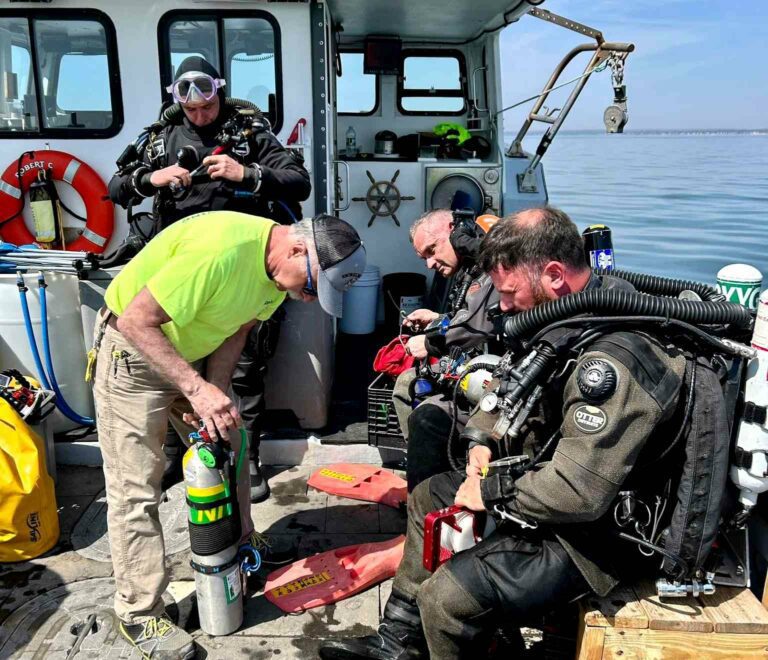It was an experimental submarine from the early 20th century that would be repeatedly rejected by the US Navy, and survived two world wars while awaiting acceptance that never came. Now, 77 years on from its final ignominious descent, scuba divers have rediscovered the wreck of the Defender more than 50m deep in Long Island Sound, Connecticut.
A team led by 35-year-old commercial and wreck diver Richard Simon, owner of Shoreline Diving of Coventry, Connecticut, had set out to find the submarine known for its lack of military service.
From their research vessel Integrity they investigated an unidentified mark charted from earlier sonar surveys that seemed to match Defender’s dimensions. The location was not far from mudflats where the submarine had been beached before being taken out to be scuttled.


The discovery came on the first dive of the team’s second day out, on 16 April. Divers Steve Abbate and Joe Mazraani descended in visibility of about 1m and a strong tidal flow.
“The length, the size and shape of protrusions on the submarine’s distinct keel, and the shape and location of diving planes characteristic of Lake-built vessels helped identify Defender,” says Simon.
“It is such a thrill to finally put our hands on this important piece of maritime history,” added Abbate, who had just turned 60. “It’s also an incredible birthday present!”
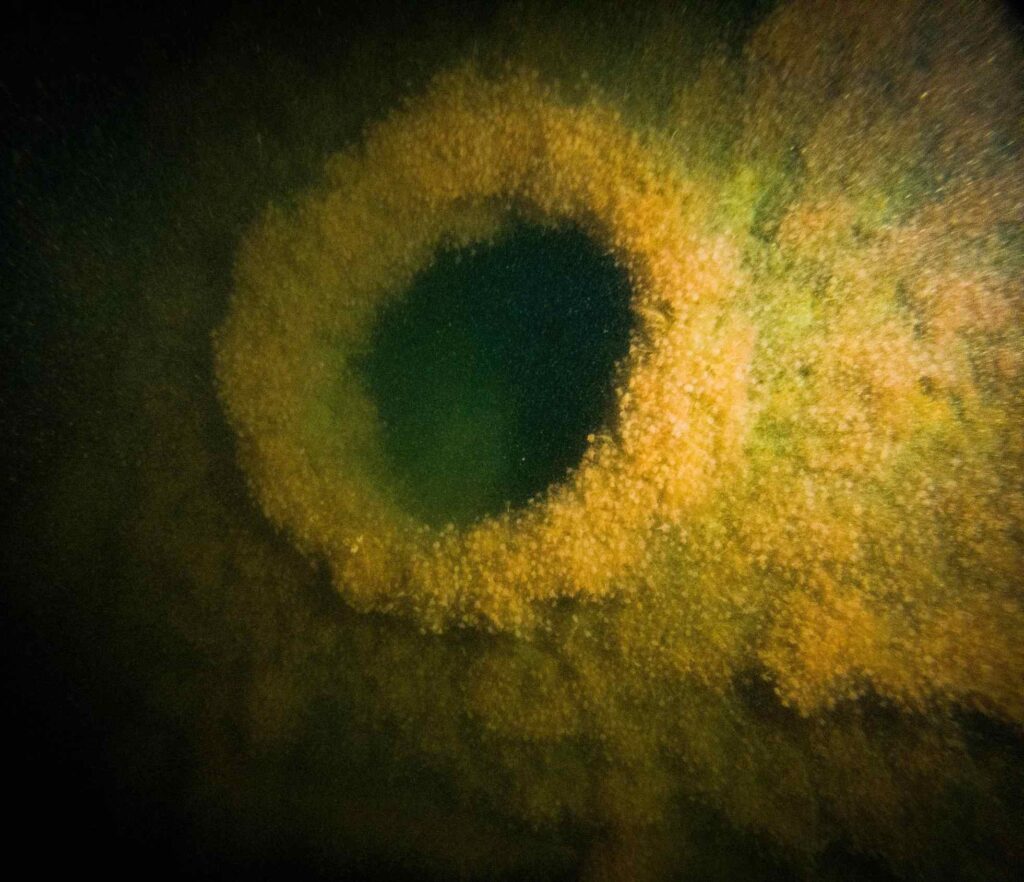
Millionaire inventor
The submarine’s millionaire inventor, Simon Lake of Bridgeport, Connecticut, was a grandson of a founder of Atlantic City and not a man easily deterred by rejection.
Inspired by Jules Verne’s novel Twenty Thousand Leagues Under The Sea, he had built his first submarine the Argonaut Junior as far back as 1894 but, like Argonaut 2 and his innovative Protector of 1901, it had been rejected by the US Navy.
Richard Simon had grown up hearing about Lake’s later submarine Defender from seamen and divers including his father who, like him, had been a commercial diver. “Stories about Lake and his inventions fascinated me,” he says. “The secret to identifying this historical relic was to connect the available research to the stories.
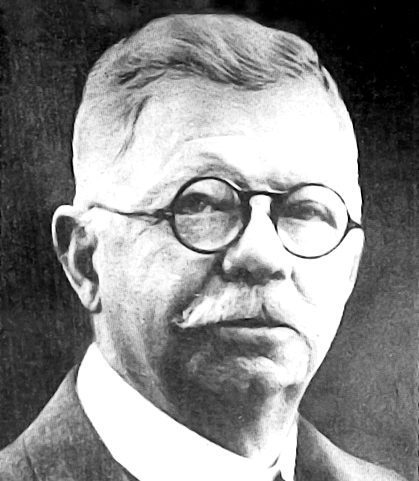
“You could say Defender was hiding in plain sight all this time, in a waterway I’ve travelled for years.”
Newport News Shipbuilding completed Defender – originally called the Lake – to the eccentric inventor’s specification in 1906. However, it too fell short in trials to win a lucrative US Navy contract, beaten in almost every category by a rival called the Octopus, which would be adopted by the Navy as the basis for its C-class submarines.
Torpedo tubes
Lake had his 28m sub rebuilt as an underwater mine-clearance and salvage vessel, renaming it Defender at that point.
Designed to carry a crew of 10, it retained its original three torpedo-tubes. It was distinctive, with a sharply raked bow, planes either side of a large conning-tower and wheels to allow it to roll across the seabed. The Navy remained unimpressed, however – as it would be with later individual Lake inventions such as his periscope and levelling foil designs.
Simon reckons that Lake’s Defender was simply too far ahead of its time: “It has wheels, it can drive on the bottom, you can launch divers from it – pretty revolutionary for its time. And the Navy said: this is a little too new for us.”
It did however finally buy one of Lake’s other submarines in 1911 – and as USS G-1 it set a 78m depth record the following year.
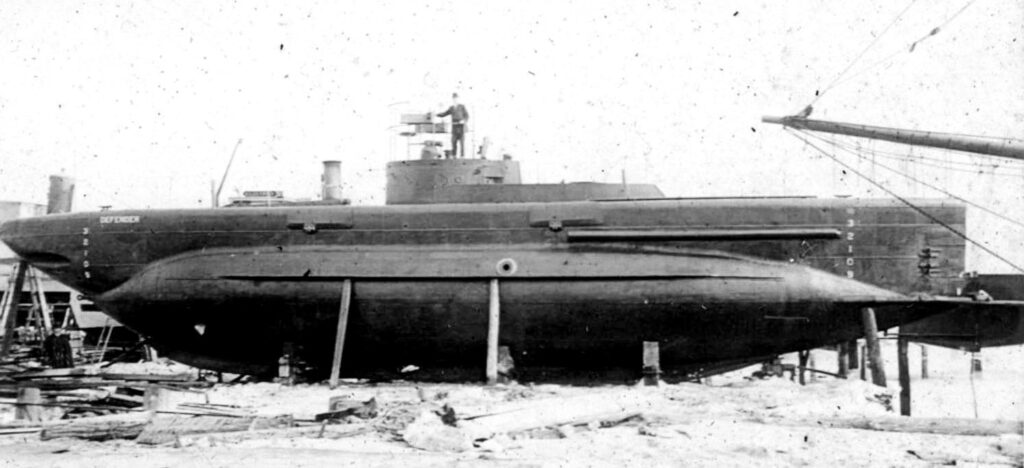
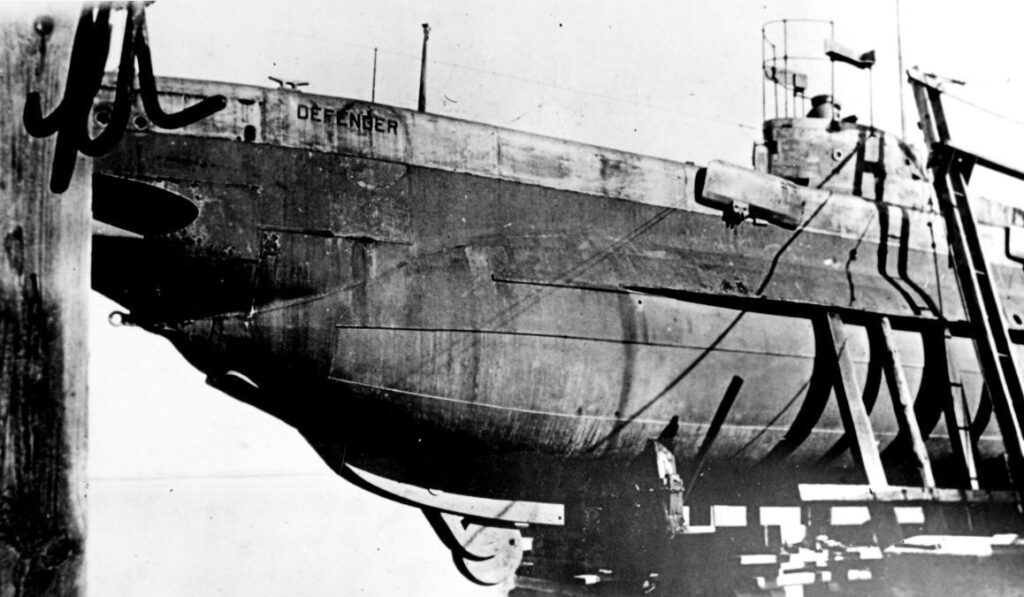
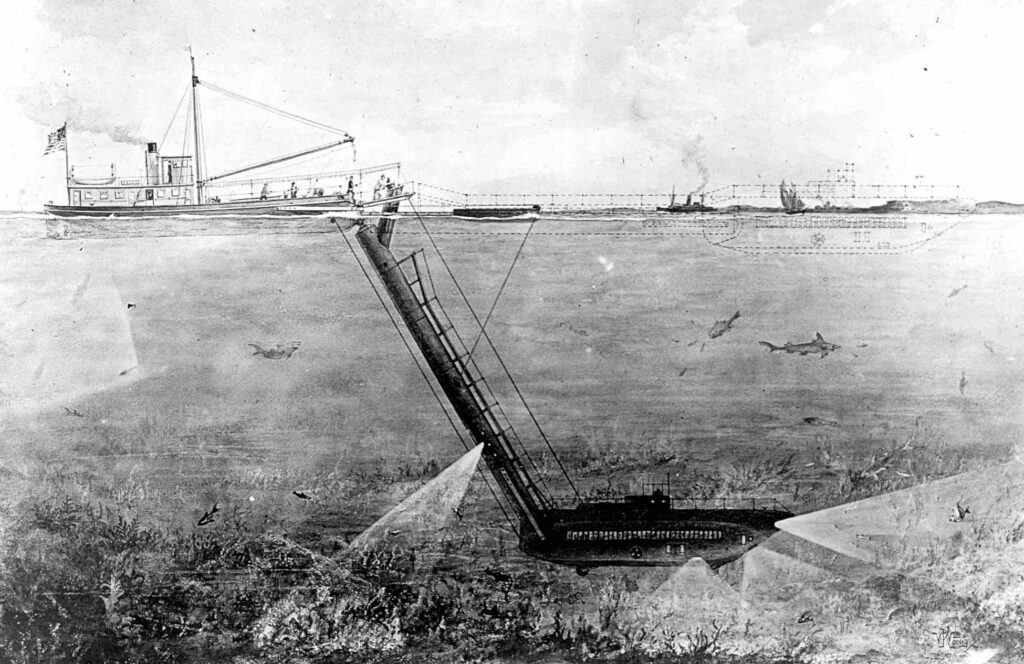
“Lake spent years adapting and refitting Defender for everything from underwater rescue missions to Arctic expeditions to salvaging gold from wrecked ships but, unlike his other submarines, never found a buyer,” says Simon.
In 1929 aviation pioneer Amelia Earhart visited Defender. One of the crew, diving-depth record-holder Frank Crilly, took her for a 12-minute helmet dive off Rhode Island.
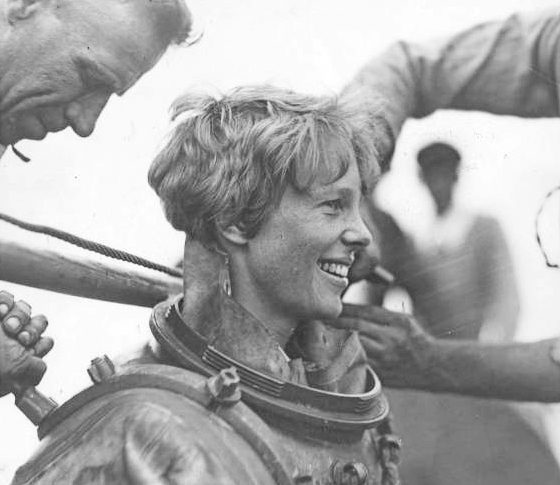
And as late as 1929 the ageing submarine was refitted and pitched again to the Navy – only to be rejected once more.
Defender survived through another world war before finally being abandoned and in 1946, the year after Simon Lake’s death, it was scuttled by the Army Corps of Engineers – it was thought off the town of Old Saybrook, where the Connecticut River meets Long Island Sound. Richard Simon is keeping the exact location secret.
“Lake went on to build other submarines and secured more than 200 patents for his inventions, including ones for periscopes, ballast-tanks and diver compartments,” he says. “One of his most notable patents was for even-keeled hydroplanes. His boundless innovation earned him the nickname ‘the Father of the Modern Submarine’.”
The Shoreline Diving diver has been in contact with members of the Lake family, who agree that the inventor had “grand ideas and was a man ahead of his time”.
Simon plans to carry out more dives on Defender this summer, and hopes to win official protection for the wreck-site with a view to being able to raise the submarine for museum display at some point.
Also on Divernet: Rare Pre-WW1 Sub In Devon Protected, U-Boat’s Musical Echoes An ‘Eerie Experience’, Divers Find First WW1 Sub Off Tunisia, Divers Find Historic WW1 U-Boat At 120m
